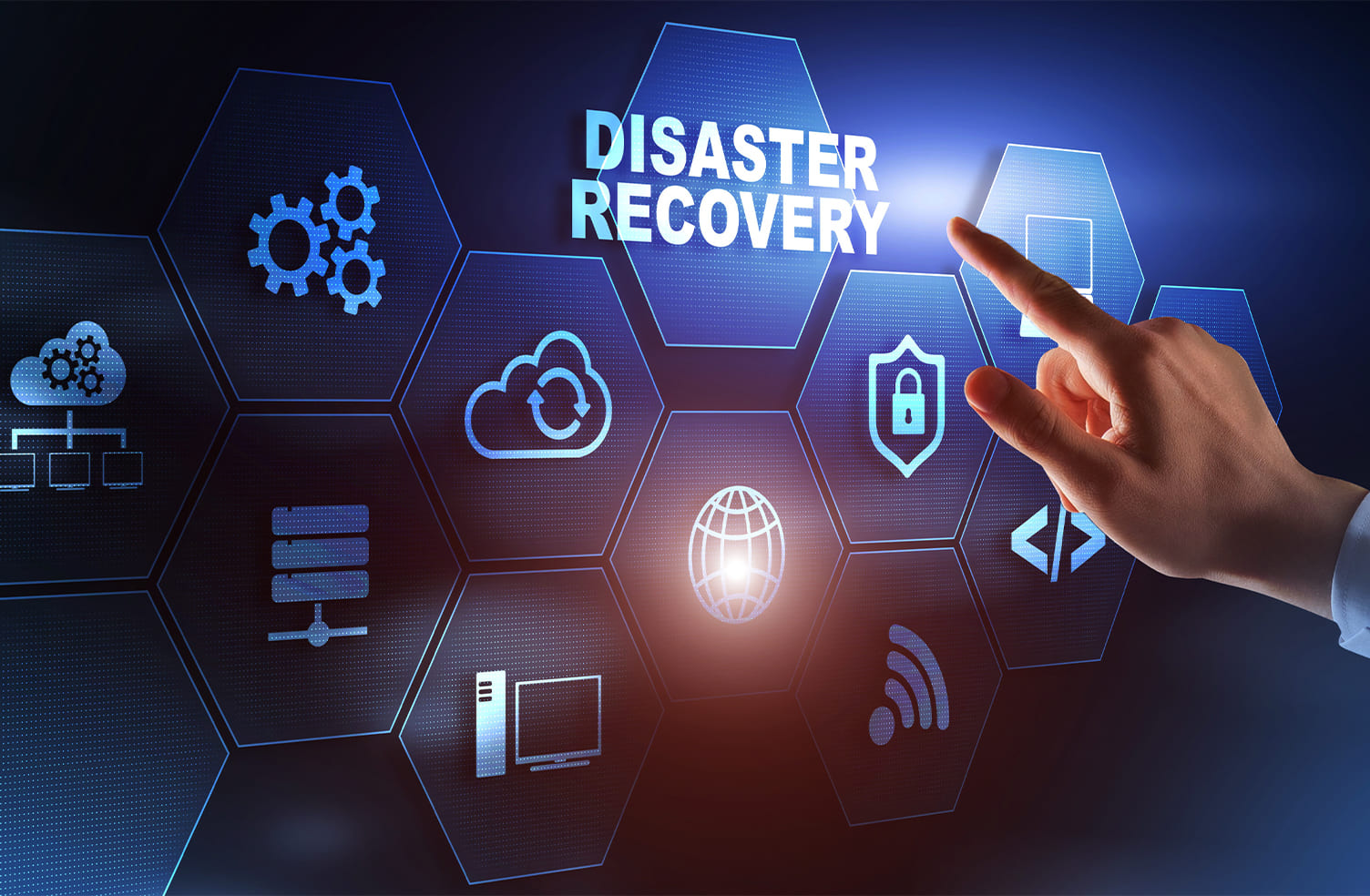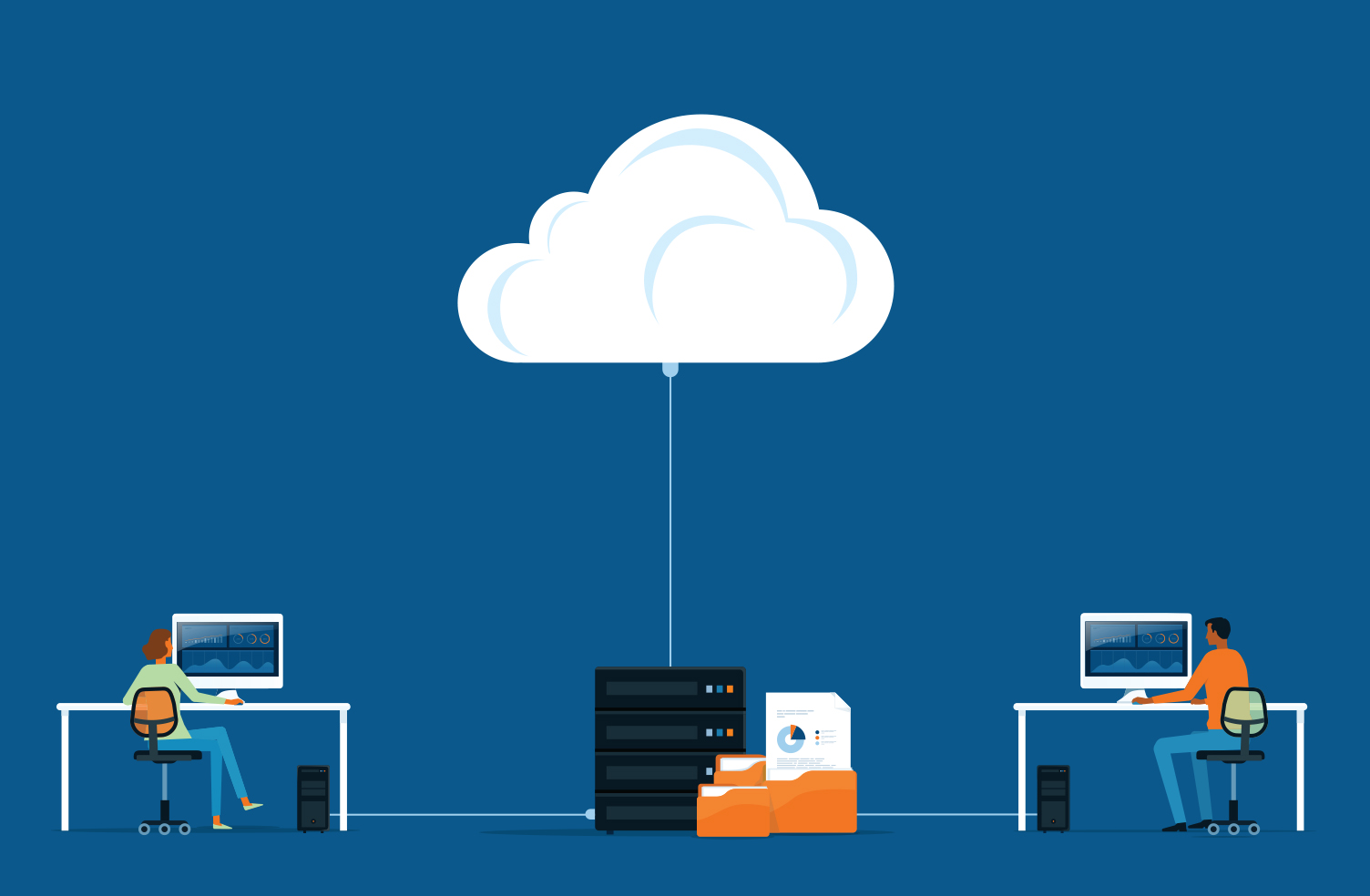
While many businesses have decided to move operations over to the Cloud in recent years, the switch hasn’t come easy for others. For one reason or another, some businesses retain physical servers or on-site data centers to streamline their operations. Unfortunately, many issues can impact the data stored within these sites, which is why learning how to build an effective disaster recovery plan in the Cloud is crucial.
What is Cloud Disaster Recovery?
In short, Cloud disaster recovery refers to the various strategies and services enterprises may use to back up applications, data, or other resources in a Cloud environment. This aims to protect an organization’s resources and ensure the business can get back up and running as soon as possible following a data breach or data loss.
All a business needs to do to create an effective disaster recovery plan is to choose a public, private, or hybrid Cloud provider to do business with. Once this provider has been selected, all applications and data are backed up from the company’s primary infrastructure to the new cloud servers. They are then updated periodically on an ongoing basis. Think of this Cloud disaster recovery as a sort of insurance policy. Your business may never need to copy over the data to the main infrastructure, but if there is a cyber-attack or natural disaster that impacts on-site data centers, you’ll be glad the disaster recovery is in place on the Cloud.
Another primary benefit of introducing a Cloud disaster recovery model compared to a traditional secondary site for disaster recovery is that the Cloud is far more scalable. As your business grows, the disaster recovery Cloud setup can grow with it equally as quickly. When selecting a Cloud disaster recovery partner, consider some of the following factors:
- Consider how far away the Cloud provider is, ideally finding a provider where natural disasters would not affect them at all, but the distance doesn’t encumber operations.
- Choose a provider with a high degree of notoriety in the field, especially one who is known for quickly getting servers back up and running when downtime occurs.
- Think about how secure the provider you’re considering is and what their track record looks like in terms of being the successful targets of cyberattacks.
Disaster recovery in the Cloud can be conducted in three primary ways: cold, warm, and hot. Cold disaster recovery refers to simple data storage, warm disaster recovery refers to duplicate data and applications being kept up to date regularly, and hot disaster recovery means your Cloud servers are being updated in real time along with the primary servers. Consider costs and the needs of your business when choosing one of these methods.
Keep Your Organization’s Data Secure
No business wants to deal with the reputational or financial risk that comes from losing key data to the organization. However, this isn’t always possible to avoid. The next best thing is to have a disaster recovery plan in place that can get your business up and running as soon as possible. For Ohio businesses needing assistance with building out a disaster recovery plan in the Cloud that works, reach out to us at Warwick right away for all your needs!




